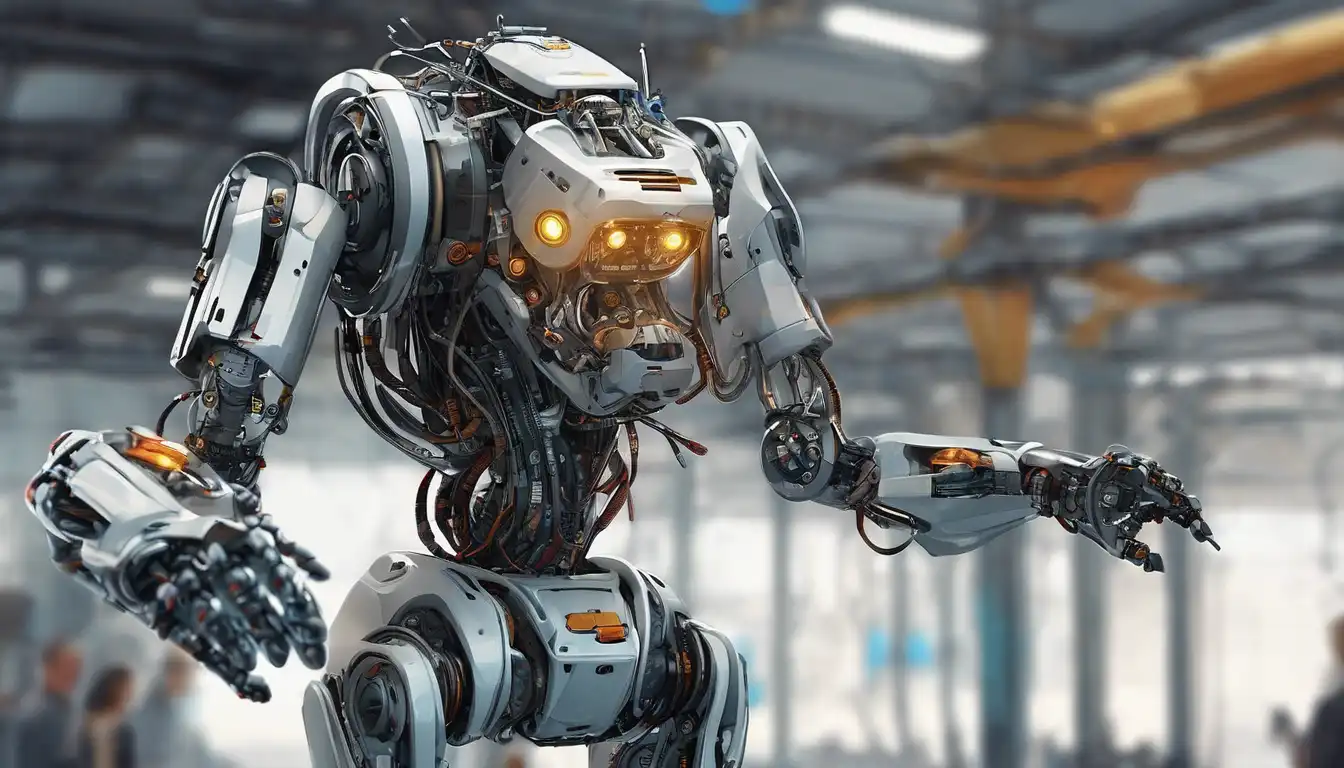Introduction to Robotics
Robotics represents the pinnacle of human ingenuity, blending the realms of technology and innovation to create machines that can perform tasks autonomously. From manufacturing floors to the depths of outer space, robotics is revolutionizing how we interact with the world around us.
The Evolution of Robotics
The journey of robotics from simple mechanical automata to sophisticated AI-driven machines is a testament to human creativity. Early robots were limited to repetitive tasks, but today's robots can learn, adapt, and even make decisions, thanks to advancements in artificial intelligence and machine learning.
Key Components of Modern Robotics
Modern robotics integrates several cutting-edge technologies, including:
- Artificial Intelligence (AI) - enabling robots to process information and learn from experiences.
- Sensors - allowing robots to perceive their environment in real-time.
- Actuators - providing the movement necessary for robots to interact with their surroundings.
- Machine Learning - empowering robots to improve their performance over time without explicit programming.
Applications of Robotics Across Industries
Robotics has found applications in virtually every sector, including:
- Healthcare: Surgical robots assist in performing precise operations, reducing recovery times.
- Manufacturing: Industrial robots automate assembly lines, increasing efficiency and safety.
- Agriculture: Drones and autonomous tractors optimize farming practices, boosting yields.
- Space Exploration: Rovers and probes conduct research in environments hostile to humans.
The Future of Robotics
The future of robotics is boundless, with ongoing research focused on enhancing AI capabilities, improving human-robot interaction, and developing more sustainable and energy-efficient designs. As robotics continues to evolve, it promises to unlock new possibilities and redefine the limits of technology and innovation.
Challenges and Ethical Considerations
Despite its potential, the rise of robotics presents challenges, including job displacement, privacy concerns, and ethical dilemmas surrounding autonomous decision-making. Addressing these issues requires a collaborative approach among technologists, policymakers, and society at large.
Robotics stands at the intersection of technology and innovation, offering a glimpse into a future where machines and humans collaborate to achieve the unimaginable. As we venture further into this exciting frontier, the possibilities are as limitless as our imagination.
